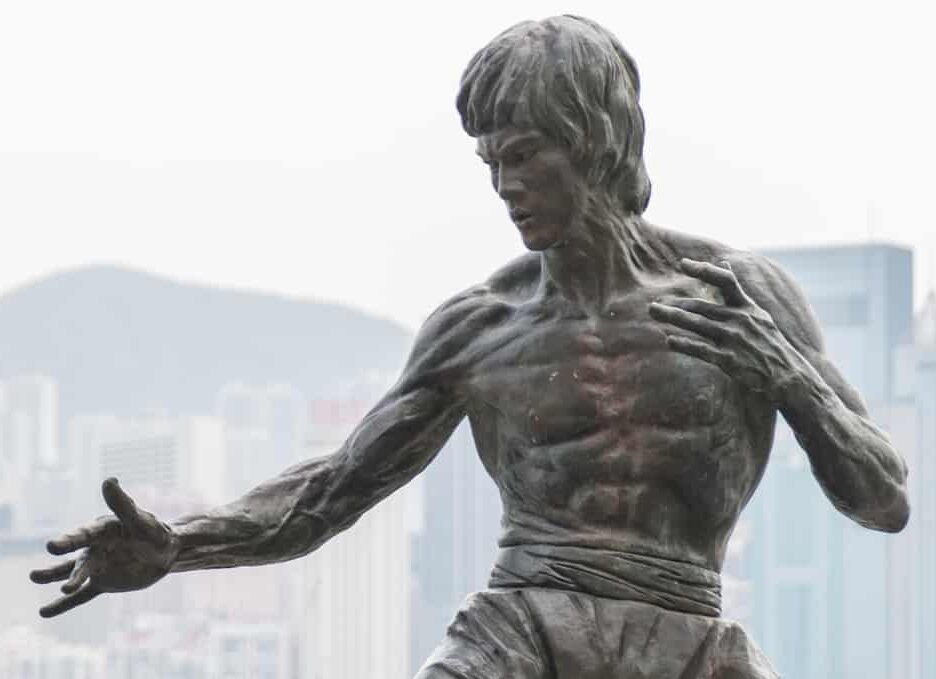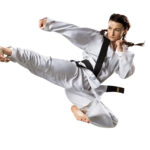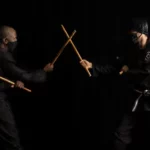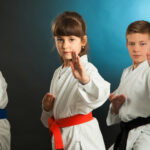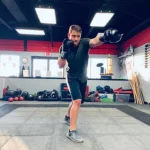Created by the “Chekavar Warriors” belonging to a community called Thiyya is a South Asian martial art form known as Kalaripayattu. This “full contact” form of combat is said to have originated from Kerala a state located in the south of India. Furthermore, the Kalariayattu is supposed to be the oldest martial art form existing in the world as of today. In addition, this form of combat comprises of three regional styles that can be identified by the “attacking and defensive” patterns used.
History/origin of the Kalaripayattu:
According to the cultural history of South India, there is supposed to be written evidence available about the existence of “Kalaripayattu” in the ancient Tamil Sangam literature. Apparently, it is books such as Purananuru and Akananuru (an integral part of the Sangam literature) that actually mentions key elements belonging to this form of fighting, which basically includes the use of weapons such as the sword and spear. However, this form of martial art was only fully developed during the 6th century when the “Chera” and the “Chola” dynasties were constantly fighting one another. Furthermore, it was essentially developed as a style of combat that could be used by soldiers during the war.
Weapons used in the Kalaripayattu:
The weapons used in this form of South Indian martial art include the spear known as “vel”, sword known as “Val”, shield known as “kedaham”, and bow and arrow known as “vil ambu”.
Technique involves in the Kalaripayattu and training availability:
In terms of technique, apart from the use of weapons such as the sword, spear, and shield this martial art form also includes the use of moves such as kicking, striking, and grappling. In addition, the Kalaripayattu also comprises of two basic steps. These steps are as follows:
- Vadivu: Literally meaning “postures or stances” it is the foundation on which this form of martial art is practiced. In addition, this form of combat consists of about eight postures generally named after animals. Furthermore, each of the eight stances possesses its own style, power, function, and effectiveness.
- Chuvatu: Literally when translated means “steps”. Furthermore, the Chuvatu basically comprise of the basic steps used by the fighter.
As for training availability, there are many schools/centres available especially in Kerala for those who want to learn this ancient “full contact” martial art form.
')}
